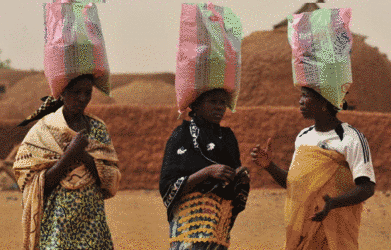How do we describe family farms?
To describe family farms from an operational perspective, we adapt the widely used Sustainable Rural Livelihoods framework, using it as a basis for common understanding.
Looking at family farms using this comprehensive framework means we can simultaneously incorporate dimensions that are not usually taken into account by information systems dealing with agricultural activities.
Farmers mobilize diverse assets to enhance production and develop their farming activities. These assets are not limited to land – the most widely used proxy for describing farms – but also include natural resources, human and social capital, physical capital and financial capital.

Farming is about more than just land
The diversity of assets used by farmers is highly significant. It is important to take assets into account, as they are closely linked to investment projects and policies. WAW’s inclusive approach is grounded in the belief that all farmers should have access to tailored investment policies, irrespective of farm size.
The livelihood strategies of family farms include individual and family-based on- and off-farm activities. There needs to be greater understanding of the linkages between on- and off-farm activities to better target investments in family farming.
We need to apply the same rationale when considering migration as a livelihood strategy among rural families. Not only money, but all kind of goods, services and ideas circulate between migrants and rural farming families.
The WAW framework brings organizations and institutions into the picture as a support for family and individual initiatives, by developing capabilities (individual and family) and improving access to investment opportunities.

